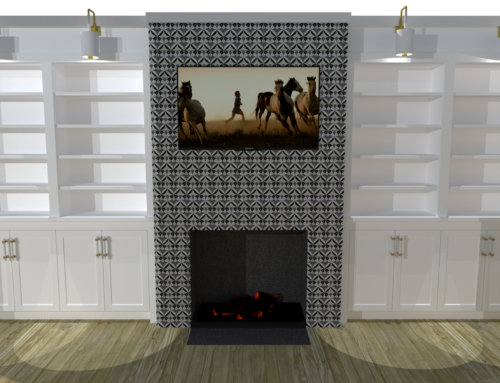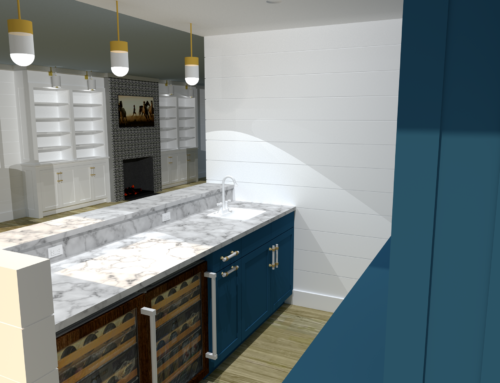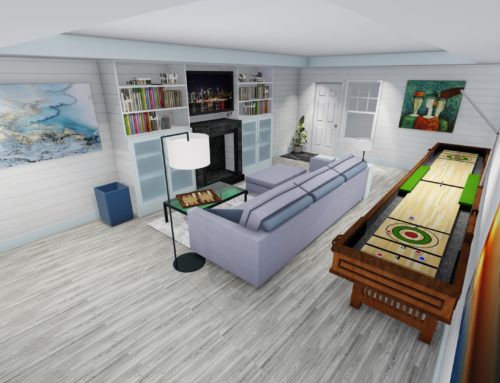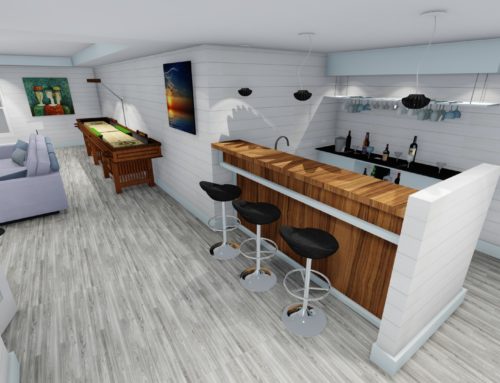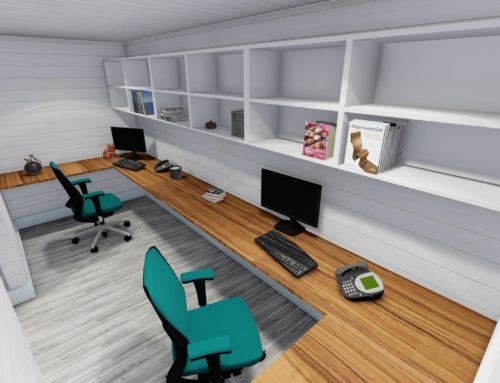Project Description
The Basics of Kitchen Cabinetry Building- A Complete DIY Guide
The kitchen cabinet building follows the same principles as other cabinets. These other forms of cabinets include bathroom vanities and dressers. A basic cabinet usually has a carcass where all other features are incorporated. A carcass has two sides; the top and bottom and back and front. Drawers and doors are located on the front.
There are three types of Carcass construction. They include;
• Leg and Rail- This type is mainly found in the construction of chairs, tables, and chests.
• Frame and Panel- This type of construction is meant to contain the expansion and contraction of wood during various seasons. It is common in the construction of doors, web frames, slides, and dust panels.
• Case or Box Construction- This is the type of construction used to come up with kitchen cabinets, dressers, and bathroom vanities.
As a beginner, the simplest way to construct a case is to use simple plywood. It can be fatwood or hardwood. Particle wood and solid wood are also common materials for kitchen cabinetry building.
Kitchen Cabinetry Case Construction
Whether you’re working on the upper or lower cabinet, the same procedure applies. The first step is to come up with the front and back sides. The side facing the wall can be made using cheap wood or workshop rejects that are still in good shape. You can choose to construct an all in one cabinet that fits in all spaces, or, construct different compartments that can be joined together when necessary. Nails, glue, and wood putties are essential for joining and pre-finishing agents when building the case.
Once you have the plywood in the right dimensions, make ¼ by ¼ inch rabbet joints at the edges of the cabinet sides. These joints should be on the inside. If you’re not very familiar with rabbet joints, they are the step-shaped cuts on one piece of wood, meant to match with a tongue on the other piece of wood. Rabbet joints will help you connect each side of the cabinet in the right angles. When making these joints, use a carpenter’s square to ensure they are straight at all points. To hold the pieces of wood together, you need the glue. Wood putty is the substance used to fill the holes left by nails when joining the pieces of wood before finishing the cabinet.
A basic consideration when building a kitchen cabinet is to include a toe kick by raising the bottom shelf a few inches from the ground. It’s also referred to as a toe show or kickboard. Its role is to make it easier for you when using the counter. Once you identify the size of the toe kick, marl it on each side of the cabinet. To make your construction easier and efficient, you need the following hand-tools;
• Saber Saw.
• Pencil.
• Carpenter’s Square.
• Marking Gauge
• Plough plane to remove wood, especially when making the rabbet joints. (Other wood removal techniques can still be used)
The facing of the bottom should be 1 inch in width. This will ensure that there’s a ¼ inch protrusion into the toe kick. Now mark where the bottom will be fixed. To allow for the toe kick. Use a carpenter’s square to draw complete lines. Assuming you’re using the same sizes of plywood, make sure that you make the bottom to be a ¼ inch smaller compared to the sides. Now fix this bottom in the areas you marked and join using nails and glue.
The next step is to add a nail strip (a piece of wood that will allow you to attach other pieces of wood or plastics to the case through nails). Place at the top back using glue and nails. Make sure that it fits flush with both sides of the cabinet on the outside. Using a ¼ inch plywood, make the back of the bottom and install it. The carpenter’s square should help you ensure that the case is square. ¾ inch coated nails can help attach the back effectively.
Now you should be ready to divide the case into shelves as well as install the case facings. Veneer taping works great in binding the plywood together at the edges. The facings should fit flush with the exterior edges of the sides of the case/box. You can choose to work on the front facers first, or, the side facers.
When you start with the side facers, ensure that they fit flush with the edges of the toe space and the edges of the sides. Lower facers should go between the side facers while ensuring no spaces are left between the joints. Lower facers should flush with the edges of the bottom shelf and t6oe kick. Accuracy and smooth edges are very important in woodwork, especially in coming up with facers. To ensure that you get the length right, be extra precise in cutting one end then, using a sharp pencil, mark the length for the other ends. A radial arm saw is the best tool to make cut these precise ends. No. 6 and finish nails and glue are the best tools for fastening the facers.
The same procedure applies even for top facings. They should be cut to length and width and fixed between the side facers with no. 8 nails and glue. Facers should also be cut when creating drawers for your cabinet. The dividers for doors and drawers should then be placed between the top and bottom faces of each. At this point, you can fasten wood strips to anchor the countertop. The dimensions of the wood strips should be ¾ by 1 ½ inch.
If you’ve come this far, your cabinet isn’t far from installation. You should now identify the openings you need to cut out on your cabinet and cut them. The most common are sinks installation openings, plumbing, and electrical outlets. Next, ensure that your cabinet is level; a four-foot level can help you achieve balance for your cabinet. Remember the nailing strips we talked about earlier; they will help you fix the cabinet to the wall. Ensure that you fasten the cabinet at the wall studs. After it’s on the wall, work on the countertop, and fit it on your cabinet.
Conclusion
This is the most basic form of a kitchen cabinetry construction; you can use the same procedure when working on upper cabinets. ¾ inch plywood, ¼ by ¼ inch rabbets, all side facers, and the construction of sides are some of the main concepts you need to get right to ensure that your kitchen cabinet turns out perfect. Glue and finish nails are used to join the edges of these woods. Veneer tapes also work fine due to their shrinking characteristics. We’ve avoided sounding too technical, but I also apologize if I lost you at some point. With practice, all these concepts can still be mastered.
In this article, we’ve covered the basics of creating a kitchen cabinet case, and you may still need to learn the frame and panel construction method. This will help you come up with doors and drawers for your cabinet, as well as build a finer kitchen cabinet that you’ll love.


